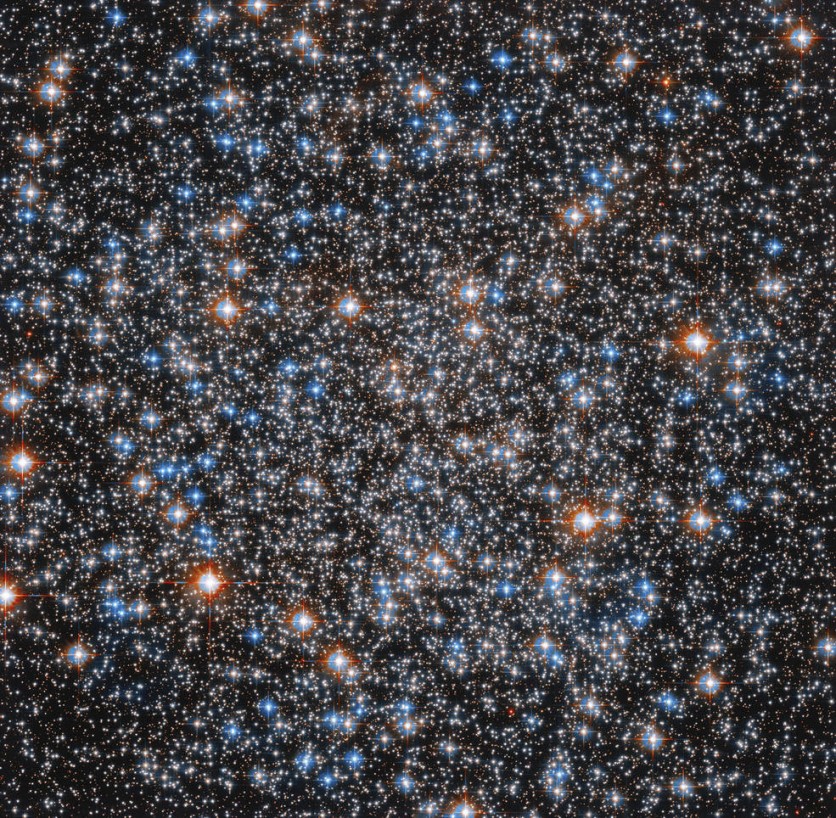NASA's Hubble Space Telescope has a treasure trove of stunning cosmic images showcasing various forms of galaxies, stars, and other space objects. The space agency recently released an image flooded with stars in intense gravitational attraction.

Messier 55
A newly released image of Messier 55 (M55), a globular cluster located in the southern part of the constellation Sagittarius, showcases the beauty of one of the lesser-known objects in Charles Messier's catalog.
The cluster is estimated to be about 20,000 light-years away from Earth and contains approximately 100,000 stars, including 55 variable stars whose brightness changes over time.
While the cluster was first discovered in 1752 by a French astronomer in South Africa, it was not cataloged until 1778 by Messier, who had difficulty seeing it due to its lack of a dense core and the faintness of many of its stars.
Messier noted that the cluster's light was even and did not appear to contain any star. The spherical appearance of M55 is due to the intense gravitational attraction between the stars, which pulls them together.
While Hubble's clear view above Earth's atmosphere resolves individual stars in the cluster, ground-based telescopes can only resolve fewer stars.
Even in skies with low light pollution, viewing the cluster through binoculars will only reveal a round, hazy patch, according to NASA.
However, small telescopes can begin to resolve individual stars, and larger aperture telescopes can easily pick out low-magnitude stars.
M55's Beauty and Complexity
For northern observers, the view of M55 is hampered by a thicker layer of the atmosphere, as well as water vapor and light pollution. This made it challenging for Messier to observe the cluster from his Paris observatory. Southern observers have a better chance of spotting M55, particularly in August.
The image, which shows just a portion of M55, was captured by the Hubble's clear view above Earth's atmosphere providing a stunning view of the cluster, and highlighting its unique features and beauty. However, the image only scratches the surface of what is still unknown about the globular cluster.
While M55 may be lesser known compared to other objects in Messier's catalog, it is a stunning example of the complexity and beauty of our universe.
The newly released image of the cluster provides an opportunity for astronomers and enthusiasts to appreciate the intricacies of the cosmos and to continue exploring the mysteries of the universe.
Related Article : NASA Hubble Space Telescope Captures A Stunning 'Multi-Armed Galaxy Merger' - A Rare Gem in Cosmos!

ⓒ 2025 TECHTIMES.com All rights reserved. Do not reproduce without permission.




